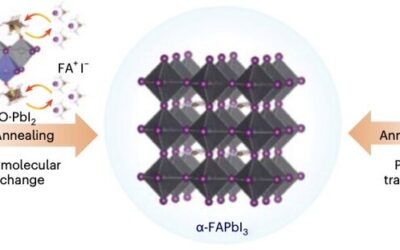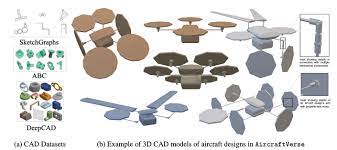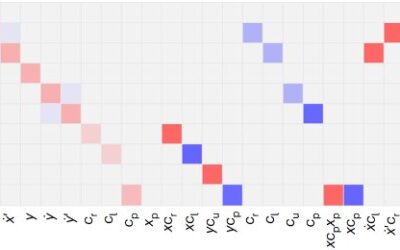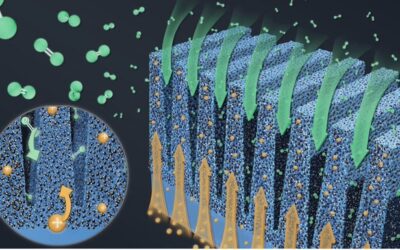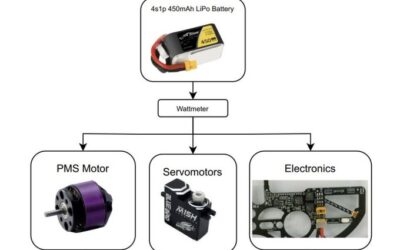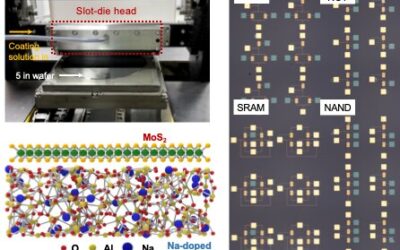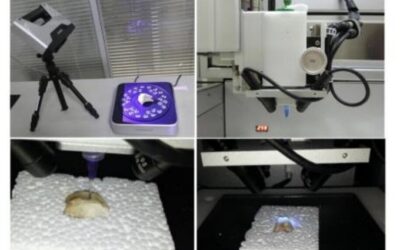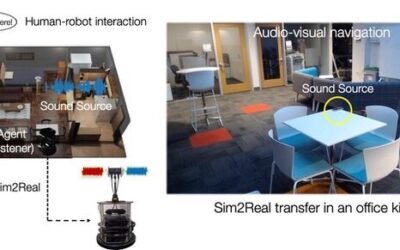Perovskites, a class of materials with a characteristic crystal structure, have proved to be very promising for the fabrication of solar cells and photovoltaics. One of these materials is lead triodide (FAPbI3), a perovskite that exhibits a long carrier lifetime and a...
TECHXPLORE
A large dataset to train machine learning models for aerial vehicle design
Designing reliable aircraft can be both challenging and time-consuming, as it often entails several steps and analyses. Deep learning models could potentially help to speed up aircraft design and deployment, helping developers to identify the most promising solutions...
A new neural machine code to program reservoir computers
Reservoir computing is a promising computational framework based on recurrent neural networks (RNNs), which essentially maps input data onto a high-dimensional computational space, keeping some parameters of artificial neural networks (ANNs) fixed while updating...
A strategy to create highly performing cobalt-free cathodes for lithium-ion batteries
Lithium-ion (Li-ion) batteries, rechargeable batteries that can store energy via the reversible reduction of lithium ions, are among the most widespread battery technologies, due to their remarkable performance and extended life cycle. Many existing and emerging...
Grooved electrodes could improve the performance of proton-exchange membrane fuel cells
Proton-exchange membrane fuel cells (PEMFCs) are a promising energy solution for reducing carbon emissions in the transport sector. As suggested by their name, these cells contain a proton-conducting membrane based on polymer materials that serves as an electrolyte....
Evaluating the energy consumption of flapping-wing flying robots
Unmanned aerial vehicles (UAVs), commonly known as drones, have already proved to be highly promising for tackling numerous real-world problems, for instance allowing users to take aerial images, monitor remote or natural environments, deliver parcels, or assisting...
Wafer-scale transistor arrays created using slot-die printing
Engineers have been trying to devise increasingly efficient and low-cost methods to fabricate electronic components and devices on a large-scale. Recently, some studies explored the possibilities of creating electronics using solution processing techniques, which...
Review of recent progress in robotic printing of surgical implants promoting cartilage regeneration
Over the course of their lives, some humans can partly or fully lose the ability to move their limbs because of damage to their cartilage, the flexible connective tissues cushioning the bones. This can be due to degenerative diseases, such as osteoarthritis, or...
An open-source benchmark to evaluate the manipulation and planning skills of assembly robots
Research in the field of robotics has been booming over the past decade with a view to tackle challenges of real value to industry and the public domain. With new robotic systems appearing every other day, developing reliable tools that can be used to evaluate their...
A multisensory simulation platform to train and test home robots
AI-powered robots have become increasingly sophisticated and are gradually being introduced in a wide range of real-world settings, including malls, airports, hospitals and other public spaces. In the future, these robots could also assist humans with house chores,...

